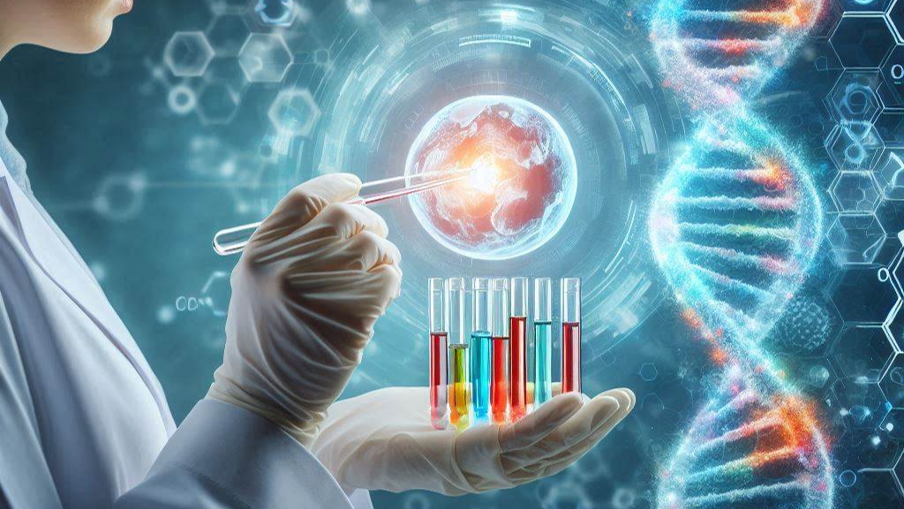A disciplined lifestyle will serve as a pathway to inner freedom and peace. When we think of discipline, many of us imagine rules, rigidity, or a life stripped of spontaneity. Yet true discipline is not about harsh restrictions, it is about choosing a way of living that nurtures clarity, strength, and purpose. The structure discipline brings is what allows us to experience genuine freedom and lasting peace. When you cultivate discipline in daily life, you free yourself from chaos, indecision, and unhealthy patterns. That freedom brings inner peace.
Ways discipline and freedom connection unfold:
- Clarity of mind – Routines reduce decision fatigue, leaving more mental space for reflection and creativity.
- Consistency in well-being – Habits around sleep, nutrition, exercise, and mindfulness stabilize the body and emotions.
- Freedom from impulses – Discipline helps detach from unhealthy cravings or reactions, allowing you to respond rather than react.
- Alignment with values – Living intentionally fosters inner peace since your actions reflect your deeper principles.
- Room for growth – Discipline creates a framework that allows self-discovery, spiritual practices, and deeper connections.
Simple, practical ways to build a disciplined lifestyle that nurtures balance and brings peace and inner freedom.
1. Start your day with intention:
First task or the moment that you set in the morning as soon as you wake up sets the tone for rest of the day. Instead of scrolling on your phone, try:
- Drinking a glass of water.
- Doing a short stretch or breathing exercise.
- Writing down your top three priorities.
This discipline clears mental clutter and gives you direction.
2. Nourish your body consistently:
Healthy eating does not need to be complicated. A few disciplined habits can make a significant difference:
- Eat balanced meals at regular times.
- Plan your grocery shopping to avoid impulsive choices.
- Limit foods that drain energy (excess sugar, ultra-processed snacks).
When your body feels stable, your mind follows.
3. Move every day:
Exercise is not only about fitness, but also about training the mind to show up. You don’t need an intense routine; consistency matters more than perfection. Try:
- A daily walk.
- Yoga or stretching.
- 20 minutes of any physical activity you enjoy.
4. Create boundaries with technology:
One of the biggest sources of distraction is the digital world. Discipline here brings enormous peace:
- Set time limits for social media.
- Have tech-free meals or evenings.
- Your phone should be away from bedroom.
5. Practice stillness:
Peace does not come from constantly doing, but from moments of pause. Discipline yourself to slow down:
- Spend 5–10 minutes in meditation or quiet reflection.
- Journal your thoughts at the end of the day.
- Take mindful breaks—step outside, breathe deeply, and reset.
6. End the day with routine:
A calming evening ritual signals your body and mind to rest:
- Dim the lights and unplug from screens an hour before bed.
- Read, stretch, or listen to calming music.
- Keep a consistent bedtime.
Discipline is not about depriving yourself, it is about making choices that align with your highest values. Each small, consistent habit becomes an act of self-care. Over time, these practices create inner stability, freeing you from distractions and stress. With discipline, you don not lose freedom, you gain the freedom to live with peace, clarity, and purpose.
Image credit: Image by Taras Yasinski from Pixabay (Free to use under Pixabay content license, image uploaded on August 10, 2024)




















